Iran’s Railway Network: A Strategic Hub for Regional Connectivity
Iran’s railway network plays a vital role in facilitating trade and economic growth between Iran and the Commonwealth of Independent States (CIS). With Iran’s strategic location as a transit hub, rail networks provide a reliable and cost-effective mode of transportation, improving connectivity and reducing trade barriers. This article examines the importance of railways in transit development, their advantages over other modes of transport, existing infrastructure, challenges, and future prospects.
فهرست مطالب
ToggleStrategic Importance of Iran’s Railway Network
Iran serves as a key transit corridor connecting Asia and Europe. With an extensive railway infrastructure, Iran acts as a bridge between CIS countries, the Middle East, and other regions. The country’s rail system provides an integrated connection from the Persian Gulf to Central Asia, making it a crucial component of regional trade logistics.
Iran’s railway network is continuously expanding to meet rising trade demands. The system stretches more than 14,000 km, connecting major ports, industrial zones, and international borders. The Iranian government has prioritized railway development to improve trade efficiency and strengthen the country’s position as a leading regional logistics hub.
Advantages of Rail Transport for Transit
Compared to road and air transport, railways offer several key advantages:
-
Cost-effectiveness: Rail transport is significantly cheaper than air freight and more economical than road transport for bulk cargo.
-
Environmental sustainability: Trains produce lower carbon emissions per ton of cargo, making them a greener alternative.
-
High carrying capacity: Railways can transport large volumes of goods, reducing overall transportation costs.
-
Reliability and safety: Rail transit is less affected by weather conditions and road traffic, ensuring more punctual and secure deliveries.
-
Integration with international corridors: Iran’s rail system is linked to major global trade routes such as the International North-South Transport Corridor (NSTC) and China’s Belt and Road Initiative (New Silk Road).
-
Efficiency over long distances: Rail transport is ideal for long-haul transit, simplifying logistics for international traders.
-
Security and reduced theft risk: Unlike road transport, rail freight is less vulnerable to theft or unauthorized access, offering greater protection for valuable goods.
Key Railway Routes Connecting Iran and CIS Countries
Several rail corridors facilitate trade between Iran and the CIS:
-
International North-South Transport Corridor (NSTC): Connects India, Iran, Russia, and other CIS countries, significantly reducing transit time compared to traditional sea routes.
-
Sarakhs–Bandar Abbas Route: Provides CIS states with direct access to the Persian Gulf, streamlining import and export flows.
-
Mashhad–Turkmenistan–Kazakhstan Line: A vital trade route linking Iran with Turkmenistan and Kazakhstan, strengthening economic ties.
-
Azerbaijan–Iran Rail Link: Increases trade between Iran and the Caucasus region, with potential extensions to Eastern Europe.
-
Incheh Borun–Turkmenistan Corridor: Offers an alternative route for Iran’s exports to Central Asian markets.
Challenges in Expanding Rail Transit
Despite its advantages, several challenges hinder the full utilization of rail transit between Iran and CIS countries:
-
Infrastructure limitations: Certain railway sections need modernization and expansion to accommodate growing trade volumes.
-
Logistical bottlenecks: Inefficiencies in customs and border procedures can cause transit delays.
-
Geopolitical issues: Sanctions, political instability, and diplomatic tensions affect trade relations and transit agreements.
-
Technical compatibility issues: Differences in rail gauge between Iran and CIS countries require cargo transshipment at borders, increasing time and cost.
-
Financial constraints: Railway development requires significant investment, which may be limited by economic conditions.
-
Lack of modern technology: Upgrading signaling systems, digital tracking, and automated logistics solutions is essential for improving transit efficiency.
-
Instability in freight tariffs: Variations in cargo tariffs and regulations across CIS countries lead to cost fluctuations and unpredictability.
Future Outlook and Development Plans
To overcome these challenges and enhance rail transit, several initiatives are underway:
-
Railway modernization projects: Investments in electrification, upgrading rail lines, and introducing high-speed freight trains.
-
Strengthening trade agreements: Expanding regional cooperation through new agreements with CIS countries.
-
Investment in multimodal logistics: Integrating rail transport with sea and road networks for comprehensive logistics solutions.
-
Expansion of free trade zones: Establishing special economic areas near rail hubs to attract businesses and boost trade.
-
Digitalization of customs procedures: Implementing electronic tracking and automation to reduce delays and improve transparency.
-
Collaboration with international organizations: Partnering with the UN, World Bank, and regional economic groups for financing and technical support.
-
Launch of high-speed freight services: Reducing transit time, especially for perishables and urgent shipments.
Frequently Asked Questions (FAQs)
Why is Iran’s railway network important for trade with CIS countries?
It connects the Persian Gulf to Central Asia, offering a vital transit corridor for CIS imports and exports.
What are the main rail routes linking Iran and CIS countries?
Key routes include the North-South Corridor, Sarakhs–Bandar Abbas, and the Mashhad–Turkmenistan–Kazakhstan line.
What challenges affect rail transit between Iran and CIS countries?
Infrastructure limitations, geopolitical issues, logistical inefficiencies, and rail gauge differences.
How can rail transit between Iran and the CIS be improved?
Through infrastructure modernization, trade agreements, digitalized customs, and increased logistics investment.
Is rail transport more cost-effective than road and air transport?
Yes. It is usually cheaper than air freight and more economical than road transport for bulk shipments.
What are the future plans for expanding Iran’s railway network?
Plans include high-speed freight development, integration with global trade corridors, and increased cooperation with international economic bodies.
Conclusion
Iran’s railway network plays a crucial role in strengthening transit links with CIS countries, offering economic, environmental, and logistical benefits. Despite challenges such as infrastructure constraints and geopolitical factors, ongoing investments and policy initiatives are improving connectivity and efficiency. By leveraging its strategic position and developing modern railway infrastructure, Iran can solidify its role as a key regional transit hub and promote regional trade and economic growth. Increased cooperation, digitalization, and investment in modern rail technologies will ensure sustainable and competitive transit solutions for the future.
If you’d like, I can also shorten this for LinkedIn, rewrite it more professionally, or turn it into an infographic script.



